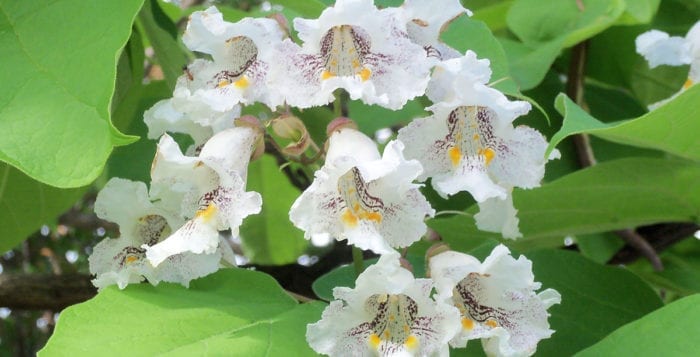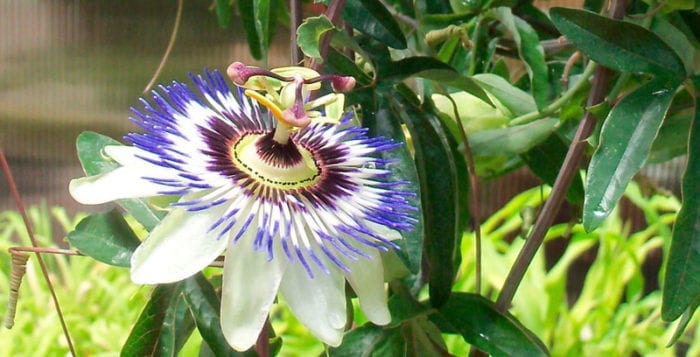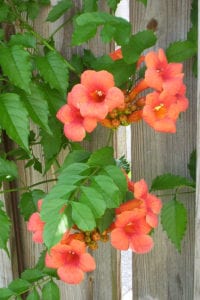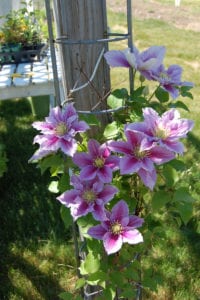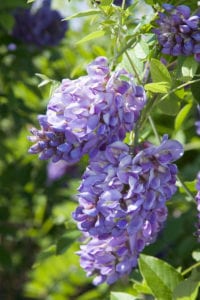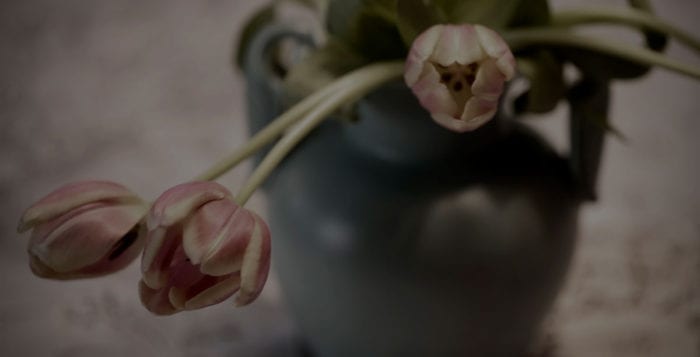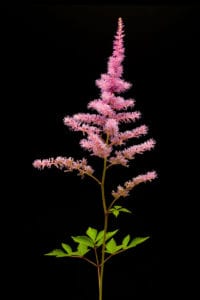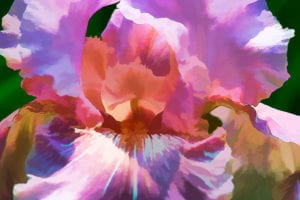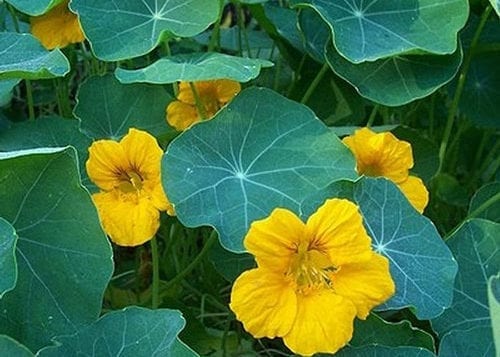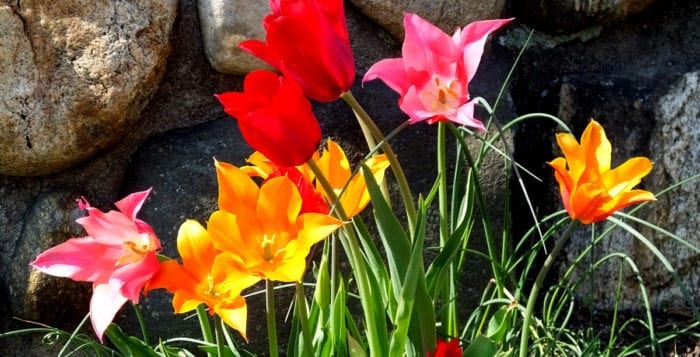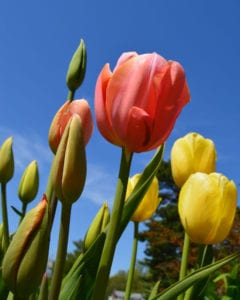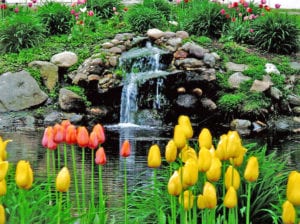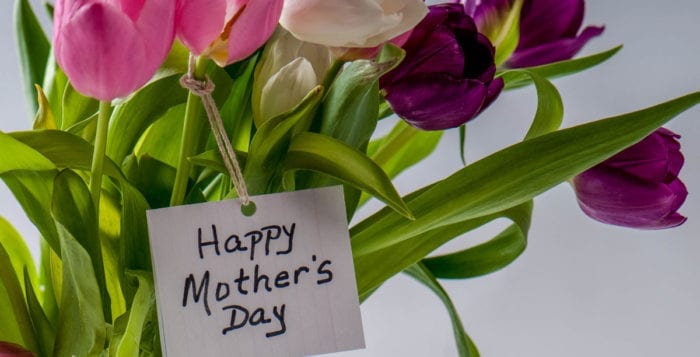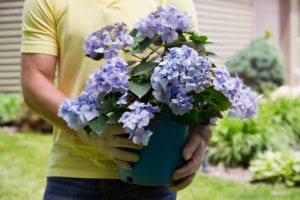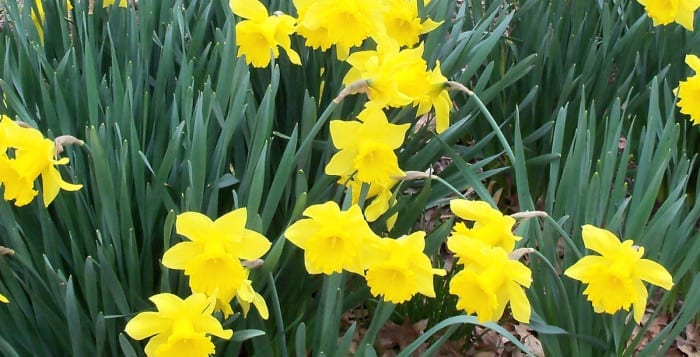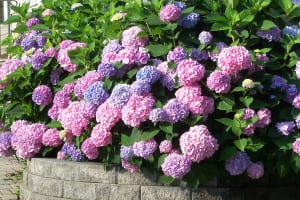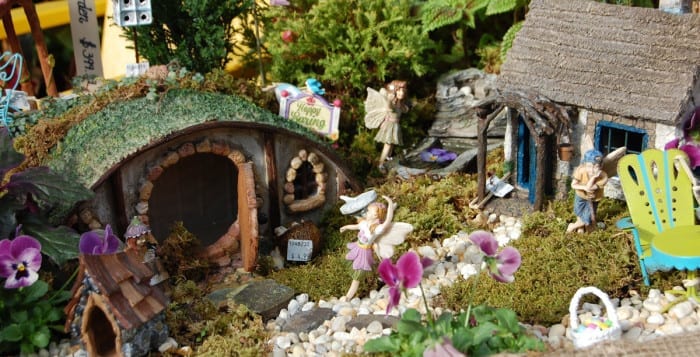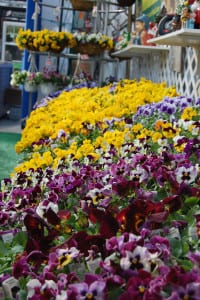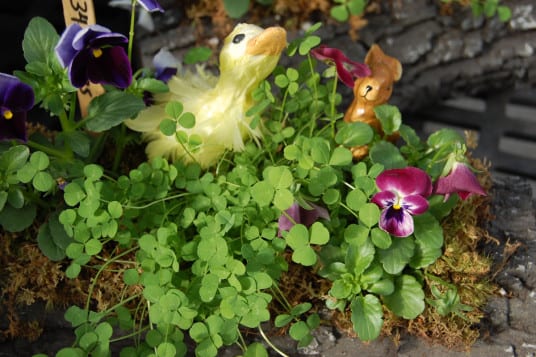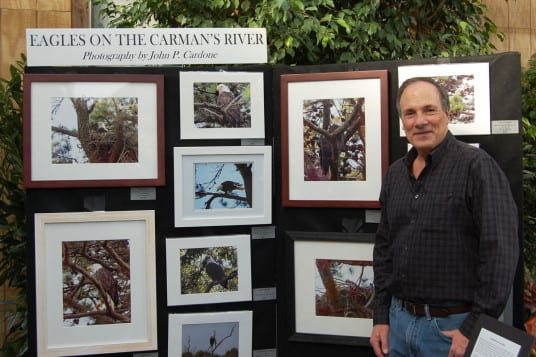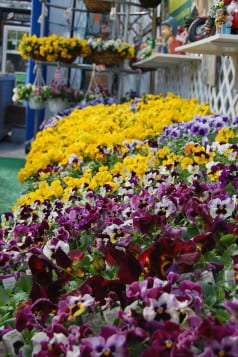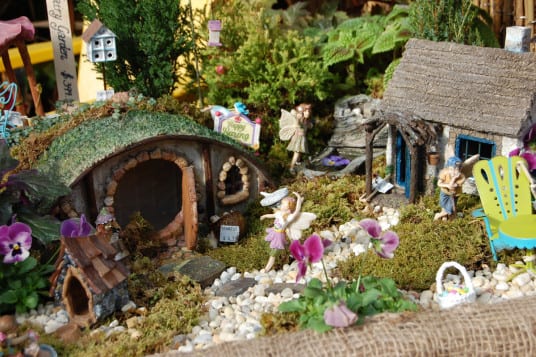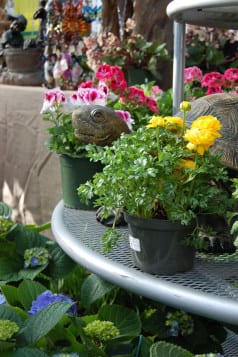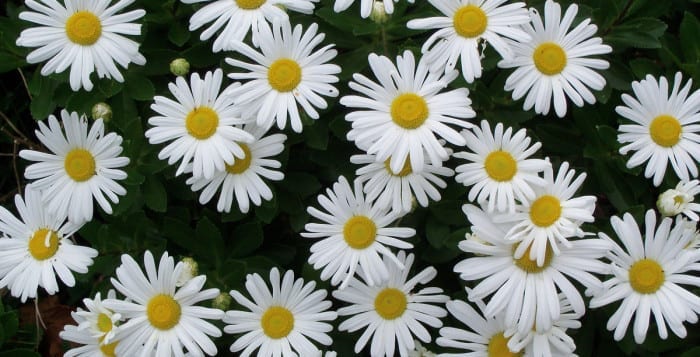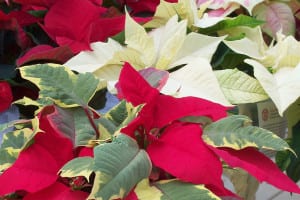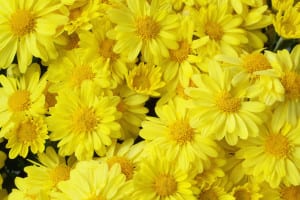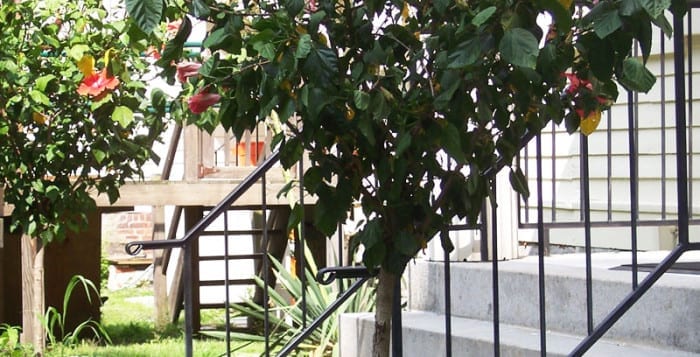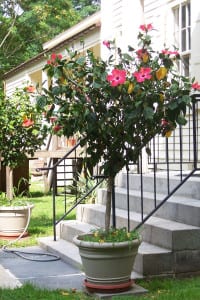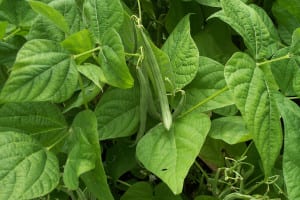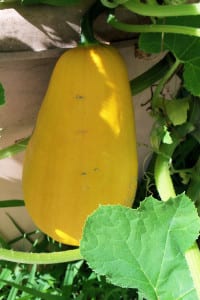By Ellen Barcel
Gardens reflect the personality of the gardener. Some gardeners like to grow specific colored flowers. In the past I’ve done columns on chocolate gardens, for example, and red, white and blue patriotic gardens and even gardens filled with red-leaved plants. Suppose you want a garden filled only with white flowers, which make a stunning contrast against the dark green of leaves. If you enjoy your garden in the evening, white flowers really stand out at night while the brightly colored flowers seem to fade into obscurity as the sun sets. Here are some suggestions for a garden filled with white blooms.
Spring
Flowers that bloom in the spring are generally shrubs and trees. If you have very acidic soil, like most of us do, consider white rhododendron and white azaleas. Both generally bloom in May.
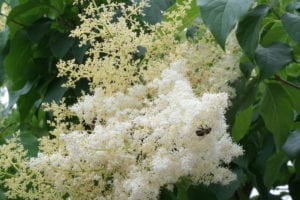
Cornus florida is the native dogwood on Long Island. That means that not only will you have beautiful white flowers, but, since it is a native plant, you’ll have less work to do as it’s already adapted to our summer heat and winter cold. ‘Cloud 9’ flowering dogwood is an improved version of C. florida with larger white flowers.
Cornus kousa is also a white flowering dogwood. It blooms later in spring than the C. florida and tends to be a bit more disease resistant.
Rhododendrons do extremely well on Long Island. They thrive in our acidic soil and there are a number of rhodies with white flowers. ‘Baroness H. Schroder’ is an old cultivar, white with burgundy splotches. ‘Blanka’ has pale pink buds that open up to reveal white flowers. Other varieties are white with yellow throats.
Azaleas also do extremely well on Long Island. ‘Bloom-A-Thon White,’ ‘Girard’s Pleasant White’ and ‘Delaware Valley White’ are just a few of the many white varieties available. Some primarily white varieties have flowers tinged in pink.
The advantage of both white rhodies and white azaleas is that the shrubs are evergreens, making them ideal as foundation plants or plants to create a living wall.
Other white spring flowering shrubs include bridal wreath, viburnum and some varieties of white lilacs.
Summer
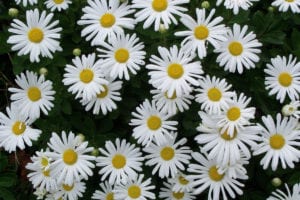
Come summer there are a number of white flowering plants. Big showy shrubs with large white flowers include a number of hydrangeas. Snowball hydrangeas (Hydrangea arborescens) produce large white blooms early in the season. They are the native hydrangea to North America. Oakleaf hydrangeas (H. quercifolia) are also native to North America and produce enormous white flowers. Their enormous leaves resemble those of the oak tree. The leaves of many varieties turn a deep burgundy in the fall.
Japanese white lilacs are deciduous shrubs. They bloom later in early summer, later than spring lilacs and produce clusters of delicate and fragrant white flowers.
If you’re looking for climbing plants, consider climbing hydrangeas with their delicate white flowers or moonflowers. Moonflowers are annuals, related to morning glories but they open in the evening, rather than during the day as morning glories do.
Other white flowered plants include varieties of astilbe, white geraniums and the really unique Peruvian daffodils. Consider also the white scented Nicotiana (flowering tobacco), which will provide a beautiful scent.
White roses are stunning in the garden and some will rebloom later in the season. ‘Wedding Dress’ is a ground cover rose while ‘Moonlight Melody’ is a shrub rose with single blooms. The latter blooms freely all summer long.
Fall
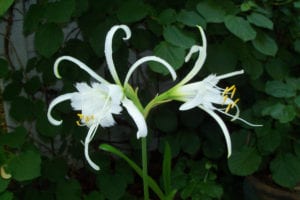
Fall is known for its blazing colors, trees and shrubs filled with yellow, orange and red leaves, but, fall also has some really nice white flowers. For fall, the ideal white flowering plants include Montauk daisies and some white varieties of mums.
Remember the rule of 100 when pinching back Montauk daisies and mums to make nice busy plants. You begin pinching them back when you first see little green leaves appear. Stop 100 days before expected bloom date. For both of these, that means stop around July 4th to give the plants time to form blossoms.
Ellen Barcel is a freelance writer and master gardener. Send your gardening questions to [email protected]. To reach Cornell Cooperative Extension and its Master Gardener program, call 631-727-7850.

